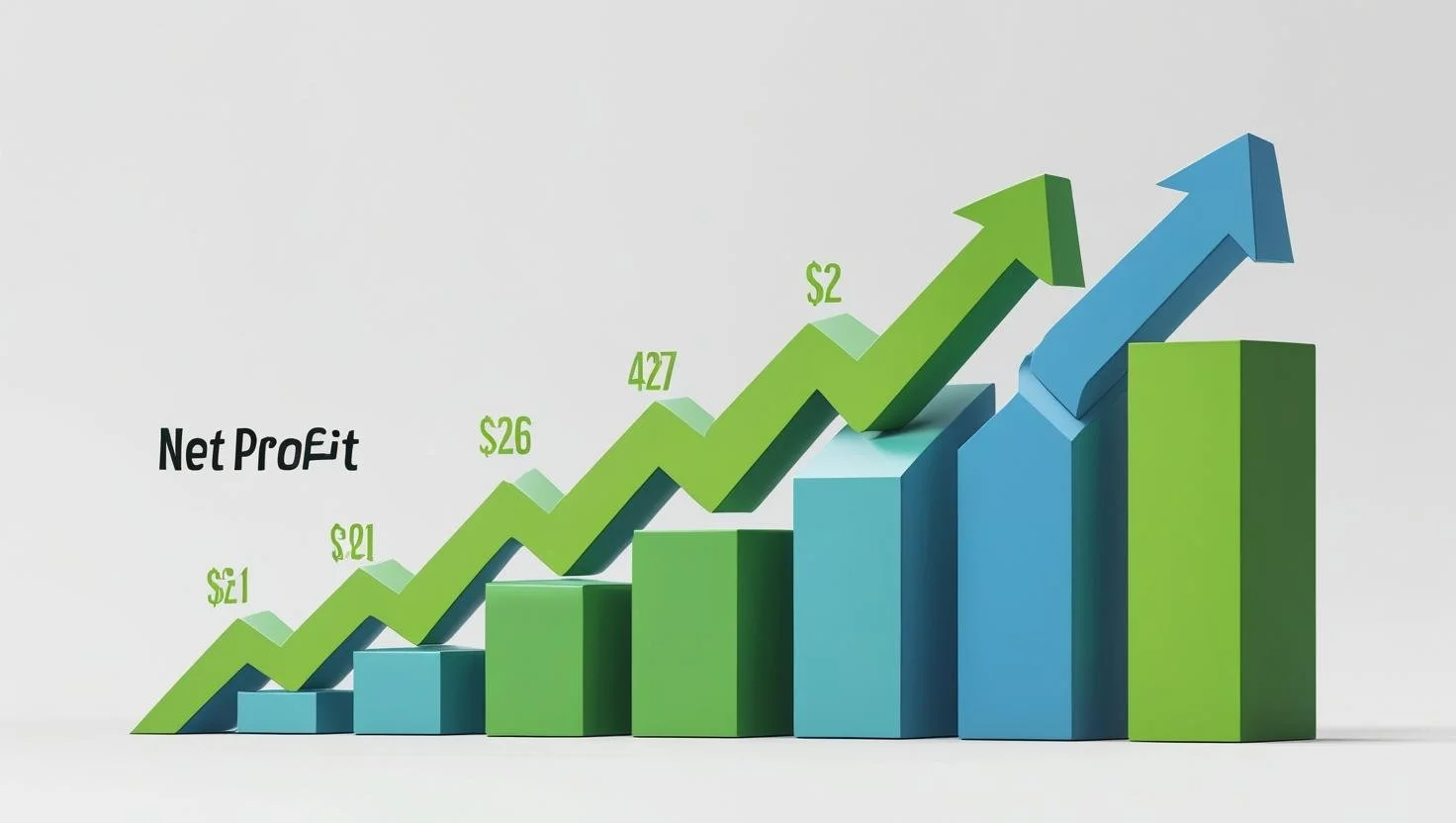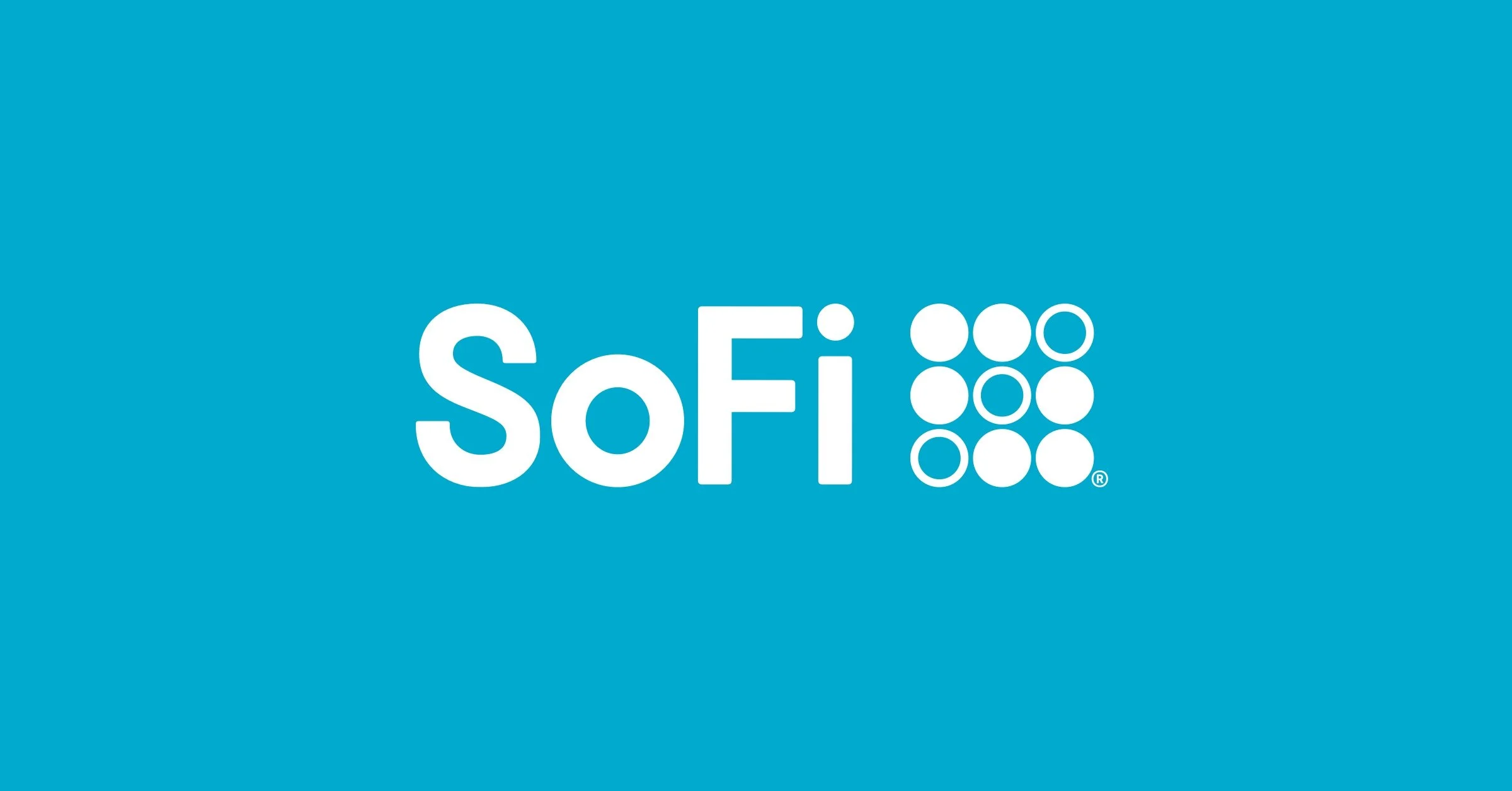What does your P&L tell you? (Part Two)
Now that you’ve got a handle on the top half of your P&L, let’s dig into the bottom, where it all comes together and tells the real story.
Many business owners treat the bottom line as the “big reveal”, and while it is important, the entire report matters. Sure, you made $1,000… but maybe you could’ve made $1,500 if you had taken a closer look at those expenses. So don’t just skip to the end, every line counts!
Let’s break the last half down…
4. "Are You Actually Making Money?" - The Net Profit
Now we get to the bottom line—your net profit (or loss). This is the first step in knowing if your business made money or not.
If the number is positive, congrats! You’re profitable! If it’s negative, it’s not the end of the world it’s just a nudge to reassess how much you are charging or what you are spending money on and re-calibrate.
Your net profit is just a clear representation of revenue less most business expenses, however it DOES NOT INCLUDE everything and is not a true picture of the cash you have or what is in your bank account. Let me explain…
Let’s say you bought a car for your business. Your monthly payment includes two pieces:
Principal – this reduces the loan balance on your balance sheet (don’t worry, we’ll cover that in another blog).
Interest – this is the extra cost the bank charges for the loan, and this shows up on your P&L because it’s a true expense.
But what about the car itself? Big purchases like vehicles or equipment (usually over $2,000 and able to be used over and over again) aren’t fully deducted all at once. Instead, you write them off bit by bit over several years in a process called depreciation. You’ll see that show up on your P&L gradually, not as a lump sum in the year of your purchase.
So if your P&L says you made $1,000 in profit this year, but you actually paid $1,500 toward your car loan principal, then your cash is technically down by $500. See the difference?
Your P&L is a powerful tool, but it doesn’t tell the whole cash story. That’s why understanding your financials in layers and how they work all together is so important, and I’ll keep diving into that in upcoming posts!
5. Final Piece of the Puzzle - Review, Review, and Review Again
Reviewing your P&L regularly isn’t just good practice, it is essential.
If you’ve been in business for more than a month, start comparing last month’s numbers to this month’s. Been in business a year or more? Great! Start comparing this year to last year. Spotting trends over time is one of the smartest ways to understand how your business is really performing.
Why does this matter? Because your trends tell the truth.
Let’s say you brought in $100 in revenue both last month and this month. Last month, you had $25 in expenses. This month? $60. That $35 increase didn’t come out of nowhere, and it’s your job to figure out why.
If you're spending more to sell the same product, it might be time to raise your prices or shop around for a better supplier. Otherwise, you’re just working harder to make less!
Regular review also helps you catch errors, or worse, shady behavior. If your bookkeeper isn’t recording everything accurately (or heaven forbid, someone’s skimming from the top), your reports will give you clues. You just have to look.
Set a routine that works for you, after all, you’re the expert when it comes to your business and will see things the way no one else does. If pricing in your industry is all over the place, a weekly check-in might make sense. If things are more steady, a solid monthly review could do the trick. Or hey, maybe it’s a quick glance each week and a deep dive once a month. Either way, set a reminder, grab your coffee, and take a little trip through your numbers, you might be surprised what they’re trying to tell you!
Bottom line: Know your numbers. Own your reports. Ask questions. You don’t need to be an accountant, but you do need to be an informed boss. After all, no one will care about your business like you do.
Hey, transparency is my thing, along with coffee and spreadsheets. Some of the links on this site are affiliate links, which means if you click and make a purchase, I may earn a small commission (at no extra cost to you). It helps keep the lights on, and maybe buys just one more coffee. Thanks for the support!

